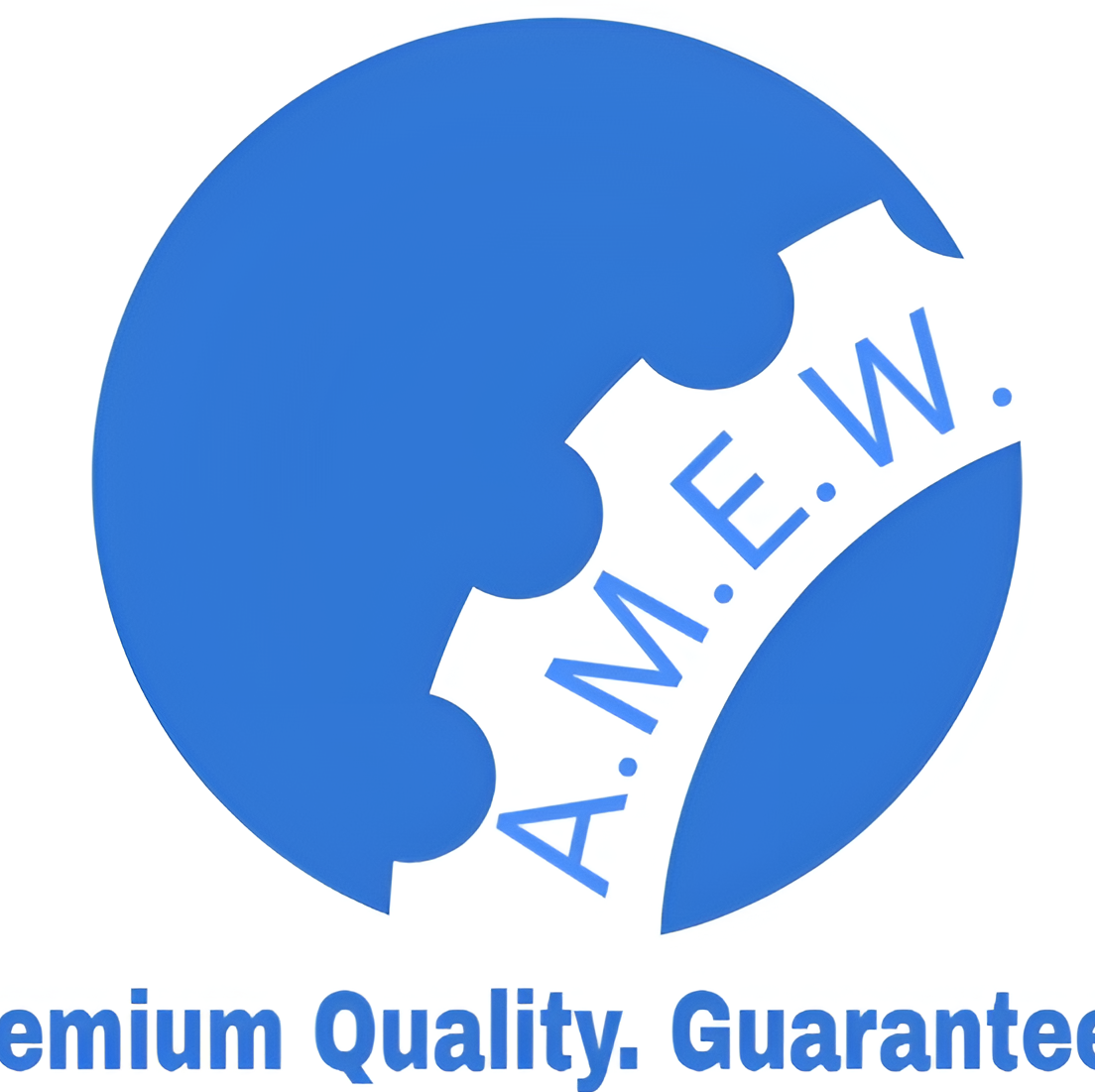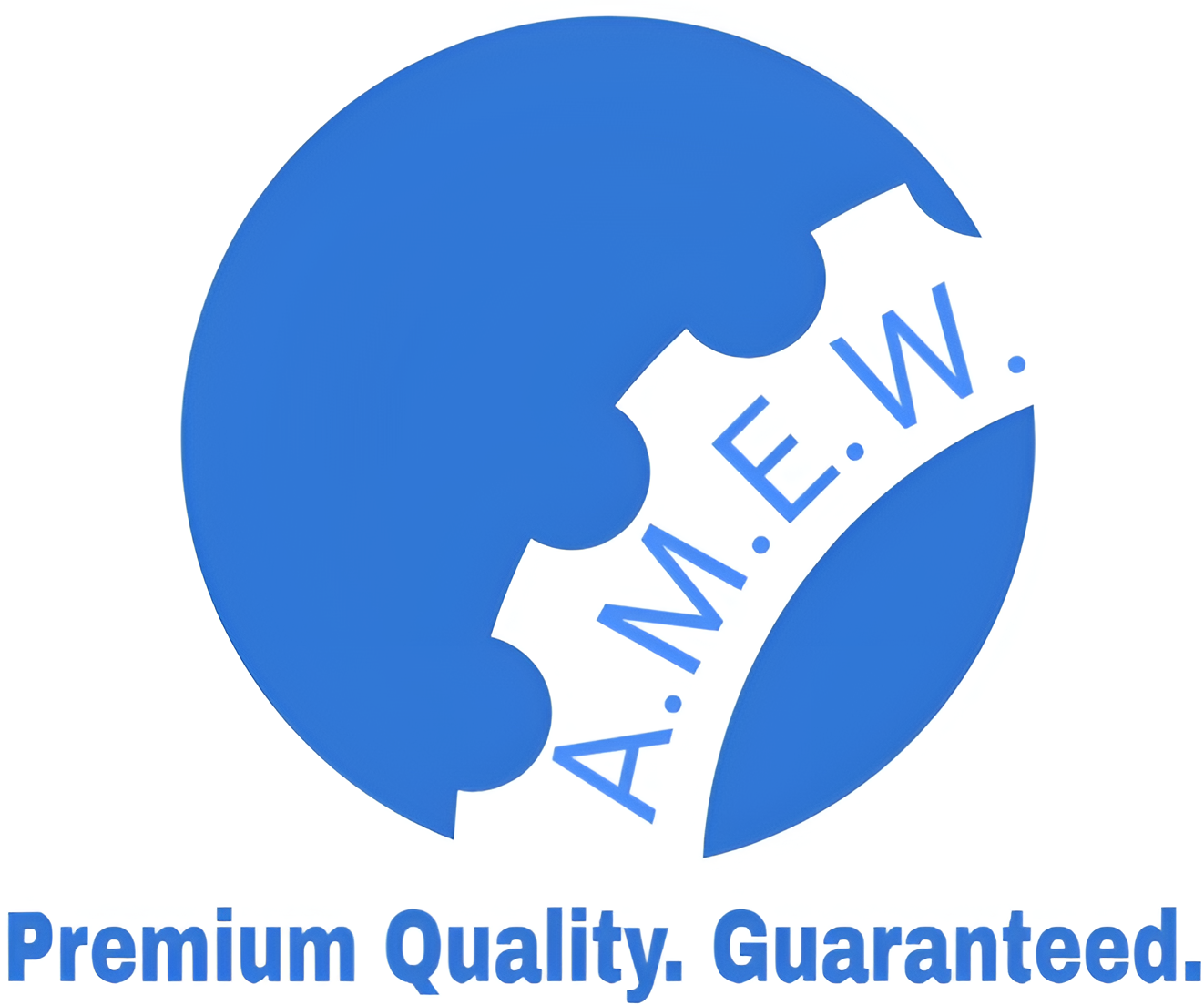Rubber Moulded O Rings
Sealing and gasketing solutions may not grab attention like towering skyscrapers or cutting-edge machinery, but they are the backbone of countless engineering, construction, and environmental applications. Among these, rubber moulded O rings remain one of the most effective and widely used sealing solutions. Their unassuming circular design holds immense value, offering reliability, versatility, and efficiency in demanding environments.
Whether you’re an engineer designing a complex hydraulic system, a construction professional ensuring leak-proof seals, or an environmental scientist seeking eco-friendly sealing solutions, this guide will walk you through everything about rubber moulded O rings—from materials and manufacturing to industry applications and cutting-edge innovations.
What are Rubber Moulded O Rings?
Rubber moulded O rings are circular sealing components made from elastomers. Their main purpose is to create a tight seal between two components, preventing the leakage of fluids or gases. Often described as the workhorses of fluid and gas sealing, O rings are highly valued for their simplicity, efficiency, and ability to tolerate a variety of physical and chemical conditions.
Why Are Rubber Moulded O Rings Important?
- Leak Prevention: They offer a cost-effective solution to prevent unwanted leaks in both static and dynamic applications.
- Versatile Use: They work in everything from heavy machinery to small consumer products.
- Durability: Properly selected rubber O rings can endure extreme pressure, temperature variations, and chemical exposure.
Materials Used in O Ring Manufacturing
The functionality of an O ring depends heavily on the material used. Different applications require varying degrees of resistance to pressure, temperature, and environmental exposure. Here are the most commonly used rubber materials in O rings and their properties:
1. Nitrile Butadiene Rubber (NBR)
- Properties: Excellent resistance to oil, fuel, and chemicals. Performs well in moderate temperature ranges (-40°F to 257°F/-40°C to 125°C).
- Applications: Hydraulic systems, automotive fuel handling.
2. Fluorocarbon Rubber (FKM/Viton®)
- Properties: Outstanding heat and chemical resistance. Performs in high-temperature environments (-13°F to 446°F/-25°C to 230°C).
- Applications: Aerospace, automotive, and chemical processing industries.
3. Silicone Rubber (VMQ)
- Properties: High flexibility, temperature resistance (-75°F to 450°F/-60°C to 232°C), and excellent electrical insulation.
- Applications: Food processing, medical devices, and electronics.
4. Ethylene Propylene Diene Monomer (EPDM)
- Properties: Excellent resistance to weathering, UV, and ozone. Performs well in polar solvents like ketones and alcohol.
- Applications: Water treatment plants, outdoor sealing solutions.
The Manufacturing Process
The quality of rubber moulded O rings is determined by the precision of the manufacturing process, which typically involves the following steps:
1. Material Mixing and Preparation
The selected elastomer is compounded with curing agents, fillers, and colorants to create a uniform rubber compound.
2. Compression Moulding
A pre-measured amount of rubber is placed into a heated mould cavity, which is then compressed to take the shape of the O ring. This method is cost-effective for smaller production runs.
3. Injection Moulding
Rubber is injected into a mould at high pressure, allowing for the rapid production of complex and high-precision O rings. This method is ideal for large-scale manufacturing.
4. Post-Curing and Quality Control
The moulded O rings undergo post-curing to improve strength and elasticity. Rigorous quality control checks, such as measuring dimension tolerance and checking for surface defects, ensure reliability.
Applications Across Industries
Rubber moulded O rings play a significant role in robust industrial operations. Here’s how they cater to diverse fields:
1. Engineering
- Protect hydraulic seals and pneumatic systems from fluid leaks.
- Provide sealing solutions for engines and pumps in the automotive and aerospace industries.
2. Construction
- Seal joints in water pipes and fittings to ensure leak-proof systems.
- Withstand varying environmental conditions in HVAC systems.
3. Environmental Science
- Prevent chemical leakage in waste treatment plants.
- Perform reliably in eco-friendly water filtration systems.
Advantages and Disadvantages of Rubber Moulded O Rings
Advantages
- Ease of Installation: Their simple design allows for quick, user-friendly installation.
- Cost-Efficiency: Excellent performance at a relatively low cost.
- Versatility: A wide variety of rubber materials addresses diverse application needs.
Disadvantages
- Pressure Sensitivity: O rings may extrude under high-pressure conditions if not backed with proper support rings.
- Material Compatibility: Careful material selection is critical, as some elastomers degrade in certain chemicals or temperatures.
Choosing the Right Rubber Moulded O Ring
Selecting an O ring can be tricky, but breaking it into key factors can simplify the process:
- Material Compatibility: Ensure the material can resist the fluids or chemicals you’re working with.
- Temperature Limits: Assess the working temperature range of your system.
- Pressure Handling: Determine operating and peak pressure levels to avoid seal extrusion.
- Size and Tolerance: Use precise measurements to ensure a perfect fit.
- Regulations and Certifications: For specialized applications (e.g., medical or food-grade), ensure O rings meet regulatory standards.
Case Studies
1. Sealing Success in Aerospace
A leading aerospace company faced repeated seal failures in hydraulic pumps. Switching to Viton® O rings improved reliability and extended seal life by 40%.
2. Reliable Construction Solutions
A construction project in coastal areas employed EPDM O rings for HVAC systems, ensuring performance despite constant exposure to salty air and UV radiation.
Future Trends in O Ring Technology
The world of sealing is evolving with innovation aimed at increasing efficiency and sustainability.
- Green Materials: Bio-based elastomers such as natural rubbers or materials synthesized from recycled content are gaining traction.
- Smart Seals: O rings integrated with sensors to monitor pressure, temperature, and wear in real-time.
- Improved Manufacturing: 3D printing is showing promise in producing highly customized O rings efficiently.
Boost Your Operational Efficiency with the Right O Ring
Rubber moulded O rings are invaluable components across industries due to their versatility, reliability, and affordability. By understanding their materials, applications, and benefits, your organization can harness their full potential, setting the foundation for efficient and leak-proof operations.
Looking for expert guidance or specific O ring solutions? Contact us today! Our experienced team can assist you in finding the perfect sealing solution for your needs.

